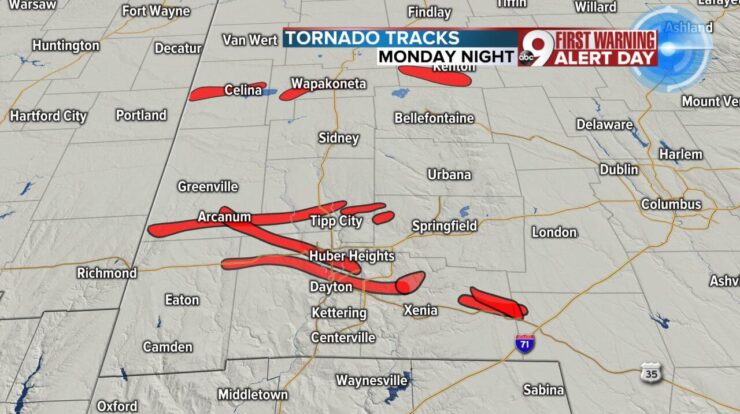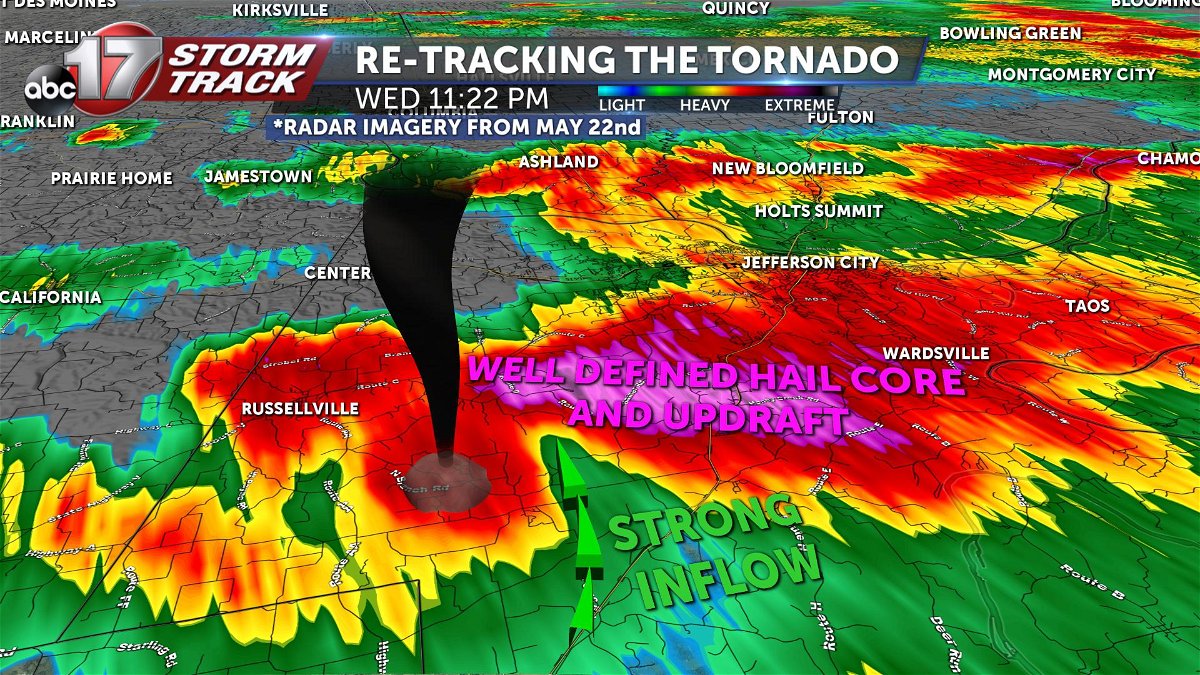
Introducing the Tornado Tracker, your ultimate guide to understanding the formation, detection, safety, and impact of these awe-inspiring meteorological phenomena. Embark on a journey of discovery, unraveling the mysteries of tornadoes and empowering yourself with the knowledge to stay safe during their unpredictable wrath.
From the atmospheric conditions that give birth to tornadoes to the cutting-edge technologies used to track their movements, the Tornado Tracker provides a comprehensive overview of these fascinating and often destructive forces of nature.
Tornado Formation and Characteristics: Tornado Tracker
Tornadoes form when warm, moist air from the Gulf of Mexico meets cold, dry air from the northern plains. This creates an unstable atmosphere that can lead to the formation of thunderstorms. If the wind shear (the difference in wind speed and direction between different levels of the atmosphere) is strong enough, a tornado can form.Tornadoes
come in a variety of shapes and sizes. Some are tall and thin, while others are short and wide. The most common type of tornado is the cone-shaped tornado, which has a narrow base and a wider top. Tornadoes can also be rope-shaped, wedge-shaped, or even multi-vortex tornadoes, which have multiple funnels rotating around a central core.The
life cycle of a tornado typically begins with the formation of a thunderstorm. As the thunderstorm grows, it can produce a rotating updraft, which is a column of rising air. If the updraft is strong enough, it can tilt horizontally and become a tornado.
The tornado will then travel along the ground until it dissipates.
Tornado Detection and Tracking
Tornadoes can be detected using a variety of methods, including radar, satellite imagery, and weather spotters. Radar is the most common method used to detect tornadoes. Radar works by sending out a pulse of energy and then listening for the echo that returns.
The echo from a tornado is typically stronger than the echo from other objects, such as rain or hail.Satellite imagery can also be used to detect tornadoes. Satellites can track the movement of thunderstorms and can identify areas where tornadoes are likely to form.
Weather spotters are volunteers who are trained to identify and report tornadoes. Spotters can provide valuable information to the National Weather Service, which can help to improve tornado warnings.There are a number of different tornado warning systems in place. The most common type of tornado warning is the tornado watch.
A tornado watch means that conditions are favorable for the development of tornadoes. A tornado warning means that a tornado has been spotted or indicated by radar. When a tornado warning is issued, people should take shelter immediately.
Tornado Safety and Preparedness

There are a number of things that people can do to stay safe during a tornado warning. The most important thing to do is to take shelter in a sturdy building. If you are in a mobile home, you should evacuate to a nearby building.
If you are outside, you should lie down in a ditch or other low-lying area and cover your head with your hands.It is also important to have a tornado preparedness plan in place. Your plan should include a list of safe places to go in your home or community, as well as a plan for how you will communicate with family members in the event of a tornado.
You should also have a battery-powered radio and a flashlight on hand in case of power outages.Communities can also take steps to prepare for tornadoes. These steps include developing evacuation plans, building tornado shelters, and conducting tornado drills.
Tornado Impacts and Damage

Tornadoes can cause a variety of damage, including:
- Structural damage to buildings, homes, and other structures
- Damage to infrastructure, such as power lines, roads, and bridges
- Crop damage
- Injuries and deaths
The intensity of a tornado is measured on the Enhanced Fujita Scale (EF Scale). The EF Scale ranges from EF0 to EF5, with EF5 being the most intense. The intensity of a tornado is determined by the damage it causes.Tornadoes
can occur anywhere in the United States, but they are most common in the central and southern plains. Some of the most destructive tornadoes in history have occurred in the United States, including the Tri-State Tornado of 1925, which killed 695 people and injured over 2,000.
Tornado Forecasting and Research

Tornadoes are difficult to forecast, but there has been some progress in recent years. The National Weather Service (NWS) has developed a number of tools to help forecasters predict where and when tornadoes are likely to occur. These tools include numerical weather prediction models and radar data.The
NWS also conducts research to improve tornado forecasting. This research includes studying the factors that contribute to tornado formation and developing new methods for detecting and tracking tornadoes.Despite the progress that has been made, tornado forecasting is still a challenging task.
However, the NWS is committed to improving tornado forecasting and warning systems to help save lives and property.
Closure
As we delve deeper into the world of tornadoes, we uncover the challenges and advancements in forecasting, gaining insights into the ongoing research efforts that strive to improve our ability to predict and warn of these formidable storms. The Tornado Tracker serves as an invaluable resource, empowering you with the knowledge to navigate the complexities of tornadoes and emerge better prepared for their potential impact.
Clarifying Questions
What is a tornado?
A tornado is a violently rotating column of air that extends from the base of a thunderstorm cloud to the ground.
How are tornadoes formed?
Tornadoes form when warm, moist air from the Gulf of Mexico meets cold, dry air from the north, creating instability in the atmosphere.
What are the different types of tornadoes?
There are several types of tornadoes, including supercell tornadoes, landspout tornadoes, and waterspouts.
How can I stay safe during a tornado?
If you are caught in a tornado, seek shelter in a sturdy building or underground. Stay away from windows and exterior walls.